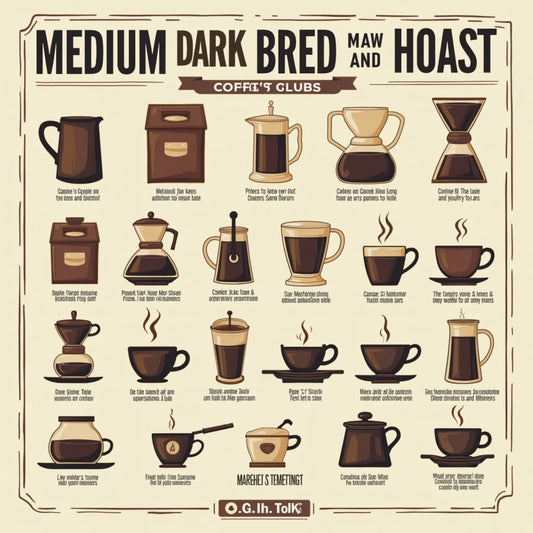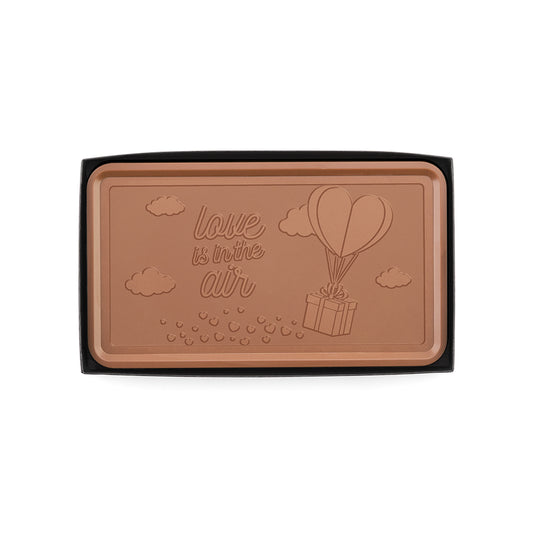
Better Brews Start with Sustainable Coffee Options
Updated on: 2025-09-20
- Common mistakes to avoid when choosing sustainable coffee options
- How to evaluate labels for fair trade coffee and organic coffee beans
- Pros and cons analysis of sustainable coffee options and formats
- Best sustainable coffee options for home brewing
- Sustainable coffee options for single-serve machines
- Quick tips for buying sustainable coffee options
- Wrap-up and key insights about sustainable coffee options
- Sustainable coffee options: Q&A for curious buyers
- About the author and sustainable coffee options expertise
Looking for sustainable coffee options that taste great and align with your values? You are not alone. Many shoppers want eco-friendly coffee options and sustainably sourced coffee choices without sacrificing flavor or convenience. This guide breaks down what to look for in fair trade coffee and organic coffee beans, offers budget-friendly strategies, and points you to products that make an immediate impact. Whether you brew at home or rely on single-serve pods, you’ll find clear, product-focused advice to help you sip with confidence—every day.
Common mistakes to avoid when choosing sustainable coffee options
It’s easy to feel overwhelmed by claims and certifications. These are the most common mistakes that cause confusion and extra cost when evaluating sustainable coffee options.
- Chasing labels without context: Certifications matter, but no single label tells the whole story. Combine certifications with origin details, roast date, and brand transparency to make better choices.
- Ignoring roast freshness: Freshness is part of sustainability. Fresher beans reduce waste because you actually use and enjoy every cup. Check for recent roast dates and buy in sizes that match your consumption.
- Confusing “natural” with certified organic: “Natural” is not the same as organic coffee beans. Look for certified organic when you want verified standards around farming practices.
- Overlooking fair compensation: Fair trade coffee helps protect farmer income and can support better environmental outcomes. If price is tight, try rotating a fair trade pick into your routine rather than skipping it entirely.
- Buying single-serve without considering materials: If you love pods, choose recyclable or lower-impact formats and look for brands that publish their material choices.
- Not matching the product to your brewer: Whole-bean espressos, filter roasts, and pods perform differently. The best sustainable coffee is the one you brew well, consistently, with minimal waste.
How to evaluate labels for fair trade coffee and organic coffee beans
Labels are useful when you know how to read them. For fair trade coffee, look for certifications that signal minimum pricing and community support. For organic coffee beans, certified organic indicates farms avoid certain synthetic inputs and follow defined practices. Pair these with origin info, altitude, processing method (washed, natural, honey), and roast profile. When you see a brand share farm-level stories, harvest timelines, and traceable lots, that’s a strong indicator you’re getting sustainably sourced coffee choices that are more than a marketing claim.
Pros and cons analysis of sustainable coffee options and formats
Different formats can deliver sustainability in different ways. Here’s how common options compare so you can choose what fits your lifestyle.
Best sustainable coffee options for home brewing
-
Whole-bean single-origin:
- Pros: Usually high traceability, excellent flavor clarity, and often aligned with fair trade or direct trade models. Ideal for pour-over, drip, or espresso with grinder control.
- Cons: Requires a grinder and a bit of technique. If you rarely brew, freshness can suffer.
- Use case: You want clean flavors and control. Try a curated sampler to compare farms and regions.
-
Sustainable blends:
- Pros: Balanced taste, consistent quality, often more budget-friendly while still supporting responsible sourcing.
- Cons: Less single-farm traceability. Flavor notes can be broader.
- Use case: Daily drinkers who want reliable taste and good value.
-
Compost-conscious pod alternatives:
- Pros: Convenience with reduced material impact when recyclable or lower-waste formats are used.
- Cons: Format choices vary by brand and machine. Always check compatibility.
- Use case: Households that need speed but still care about sourcing and packaging.
Sustainable coffee options for single-serve machines
-
Pods from traceable origins:
- Pros: Predictable brew, portion control to reduce waste, and origin transparency.
- Cons: Per-cup cost is higher than whole-bean. Packaging varies.
- Tip: Choose pods crafted from responsibly sourced coffees and look for recyclable or lower-impact materials whenever available.
-
Refillable pod filters with ground coffee:
- Pros: Cuts packaging waste; lets you use certified organic or fair trade grounds.
- Cons: Requires cleaning and dialing in grind size.
- Tip: Pair with a medium grind from a sustainable blend to balance taste and budget.
Quick tips for buying sustainable coffee options
- Start with a sampler: Compare regions and roast styles without guessing. Explore the Single-Origin Sample Pack to find flavors you love while supporting traceable sourcing.
- Match format to your lifestyle: Brew daily at home? A blend or single-origin whole bean may cut waste and cost. Prefer pods? Consider Peru Coffee Pods for convenient, traceable cups.
- Control your grind: Whole beans stay fresher longer. Grind right before brewing to make the most of sustainable choices and reduce waste.
- Size smart: Purchase bag sizes you can finish within a few weeks. Fresher coffee means fewer stale leftovers.
- Watch the roast date: Prioritize recently roasted coffee to maximize flavor and value.
- Rotate certifications: If budget is tight, alternate between organic and fair trade certified bags to keep standards in your routine.
- Leverage best-sellers: Popular picks often hit a sweet spot of flavor and responsibility. Browse our Best Sellers Sample Pack to discover easy wins.
- Shop by origin: Regions like Peru, Kenya, and Uganda are known for distinct profiles and growing conditions. Compare them in our Coffee Collection.
Wrap-up and key insights about sustainable coffee options
When you understand labels and choose formats that fit your routine, sustainable coffee options become easy. Start with transparent sourcing, verified certifications, and roast dates you can trust. Optimize for freshness and match your brew method to each product. If you rely on pods, pick traceable, lower-impact choices. If you brew at home, try single-origin whole beans or responsible blends that you can finish while fresh. Above all, choose coffees you love. You will drink every cup, reduce waste, and make your purchase count.
Ready to find your next favorite? Explore a sampler to dial in your flavor, add a pod option for busy mornings, and keep a balanced blend on hand for guests. Your path to eco-friendly coffee options begins with one bag—and the next brew.
Sustainable coffee options: Q&A for curious buyers
What are the most sustainable coffee options available?
The most sustainable coffee options are those that combine verified certifications, transparent sourcing, and practical packaging. Look for fair trade coffee or certified organic coffee beans with clear origin information. Single-origin lots often provide strong traceability. Blends can be sustainable too when the brand shares sourcing standards and roast schedules. If you use pods, choose traceable varieties and pay attention to material choices.
How can I choose sustainable coffee options on a budget?
Start with a sampler to avoid buying a full bag you might not love. Then buy bag sizes you can finish while fresh. Rotate certifications—alternate between organic and fair trade to keep costs manageable. Consider blends for daily cups, and reserve single-origin for weekend treats. Watch for value in best-sellers and seasonal batches. This balanced approach lets you support sustainable practices without overspending.
Are whole beans more sustainable than pods?
Whole beans often create less packaging waste and generally offer greater transparency. That said, pods can be the most sustainable choice for some households when they prevent wasted coffee and fit a busy routine. The key is matching the product to your brewing habits and paying attention to materials, traceability, and freshness in either format.
Do certifications guarantee better taste?
Certifications highlight farming and trade practices, not flavor. Taste depends on origin, processing, roast profile, and freshness. Many certified coffees taste excellent, but the best approach is to combine your values with taste testing. Use sample packs, note roast dates, and record what you enjoy for consistent results.
About the author and sustainable coffee options expertise
About T10 T10
T10 T10 helps shoppers discover sustainable coffee options that balance flavor, transparency, and value. With a focus on product selection and home-brewing guidance, T10 T10 connects readers to practical picks that fit everyday routines. Thanks for reading—here’s to better coffee, one mindful cup at a time.














